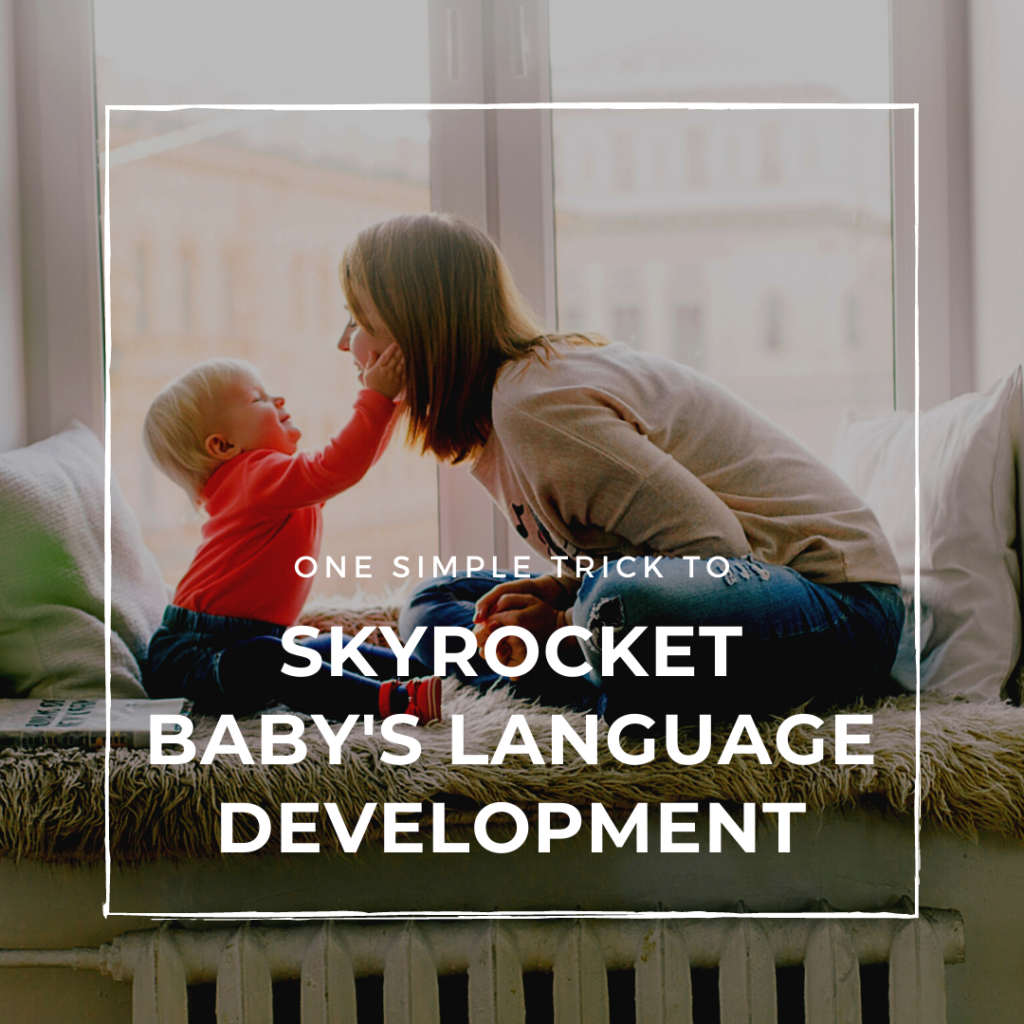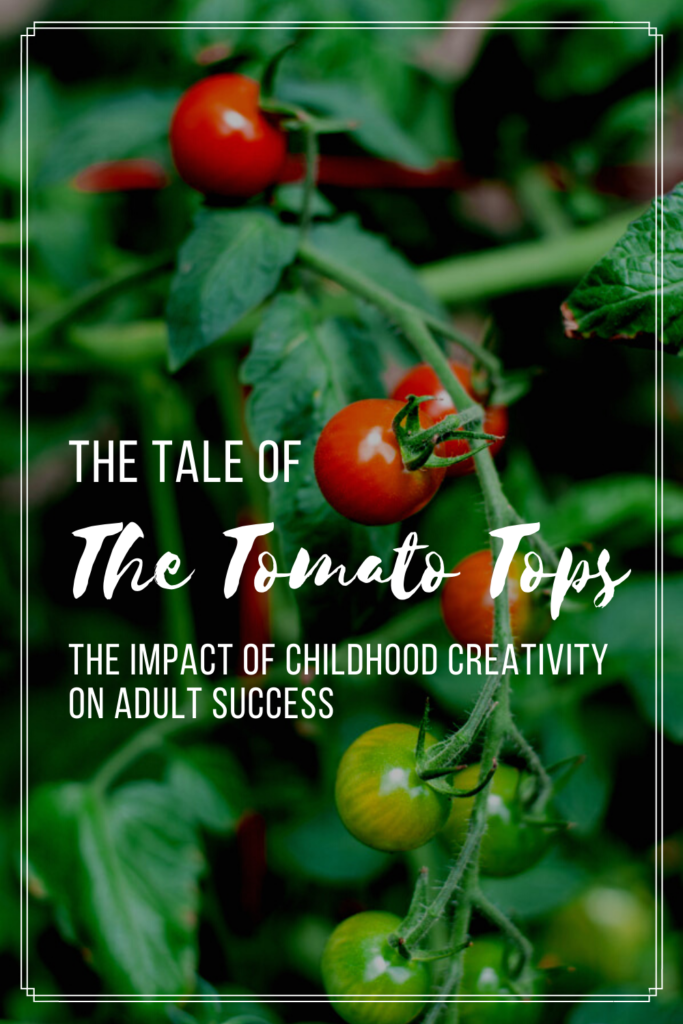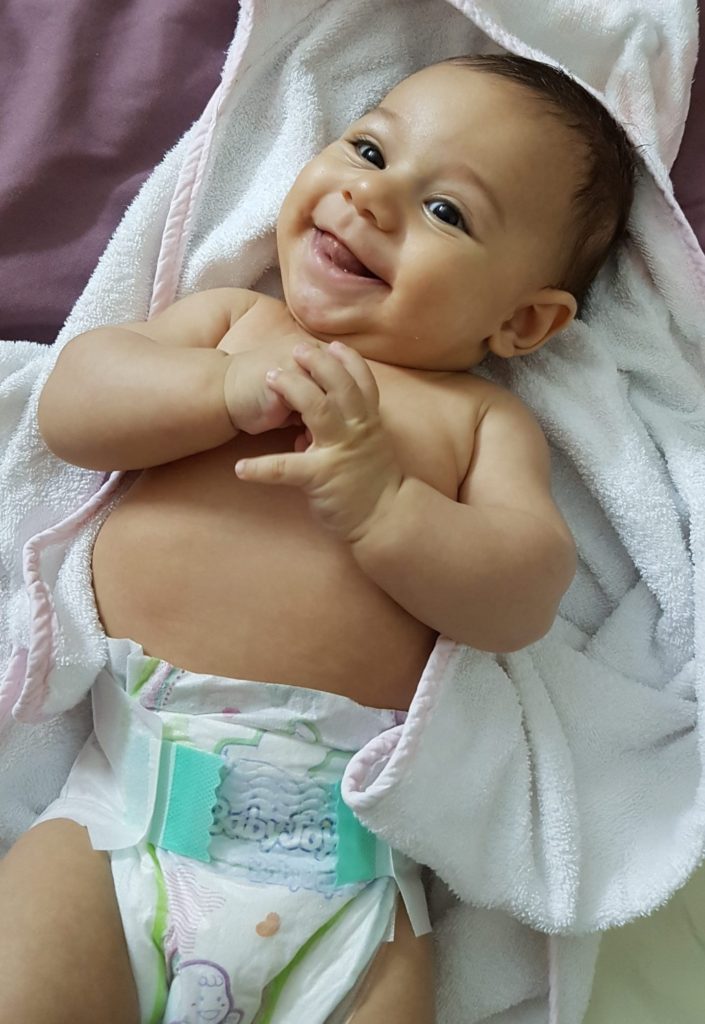
One of my biggest revelations working as an infant teacher in a daycare was that the babies really were listening. Consider this exchange between me and 11-month-old Eva one morning:
“Eva, it’s time to change your diaper! Let me pick you up,” I tell her. I pat my hip, our class’ baby sign language for “diaper”. Eva vocalizes some upbeat baby babble, lifting her arms expectantly for me to carry her. “Do you want to hold the diaper?” I offer as I lay her down on the changing table. Eva takes hold of it, turning it over to investigate before setting it down. “I’m going to unbutton your snaps now,” I say. She coos in return. I begin cleaning her up, and she makes a face and grunts. “Oh, the wipe is cold, isn’t it? Yeah, I know. Almost done.” We carry on. I catch a whiff of something delicious coming from the daycare kitchen and comment on that.
“Mmm…I think they’re cooking lunch for our class right now. Chef Abby is cooking, it sure smells good. Do you smell lunch cooking?” I ask. Eva locks her eyes with mine, then forms several baby signs in quick succession: “more”, “eat”, “milk”. I stopped, awestruck. I had made no gestures to hint at what I was talking about, had no visuals for clarity. Just a conversation. I can’t believe she just understood what I said. She understood EXACTLY what I said. I just had a two-way conversation with a BABY. I had gone through similar exchanges like this all. day. long. with each child in the class for months, simply narrating what we were doing, asking questions, and responding to the children’s vocalizations or attempts at communication. I had always been told to talk to children as if they understand, but it wasn’t until that moment it finally hit me that THEY ACTUALLY DO.
How do we build little minds with this kind of language comprehension?
The experts’ recommendation is simple: talk to your child A LOT. 2,100 words per hour, to be exact. This sounds like a ton of talking (especially if you’re an introvert like me!), but it’s actually a fairly moderate level of conversation. Variety and complexity of dialogue are just as important as the number of words spoken, so skip the baby talk. Not only do kids develop a broader language comprehension by being spoken to frequently, but the impact is so profound that one study discovered by age 3, kids who were regularly talked to had IQ scores 1 ½ times higher than those who were talked to least.
What’s one to talk about, especially with a pre-verbal child? Anything and everything. Describe her environment, talk about what’s next in her routine, and tell her about what you’re doing with her. Anything is fair game. This can be as simple as, “Wow, what a windy day we’re having today! Do you see the trees blowing?” or “Let’s put on your socks now. I have red socks for you today.” or “Oh, it’s so nice to sit in your warm bath. I’m going to wash your face—where is your face?”
Reading (and lots of it!) is also a great way to get in your baby’s daily “word quota”, not to mention exposing them to a richer variety of vocabulary (and also piquing their interest in literature as well). With older babies, toddlers, and preschoolers, we can even use storytime to support development of emotional intelligence by discussing the characters and actions in the book. Here are some examples: “Oh, look, he’s crying in the picture. Is he sad? I wonder why he’s so sad.” or “Wow, how do you think she felt when her mommy came home?” or “What did he do? What’s going to happen next?”
And, as was the case in my infant classroom, introducing a few baby sign language gestures (even to older not-yet-verbal toddlers) can’t hurt. Although dialogue with your baby may initially feel one-sided, equipping the receiving party with a means to reciprocate communication can help encourage you to keep the dialogue flowing. Not sure where to start? Many babies pick up on simple signs such as “more”, “eat”, “all done”, or “milk” very quickly. Try introducing one or two at a time, and prepare to be amazed when she finally start signing back!
Finally, narrating active play provides an opportunity for your child to expand his action vocabulary (e.g. verbs, directions, etc.). For instance, if we say, “Look, you’re crawling through the tunnel!” or “Can you put your hands up to the sky?” or “Let’s jump up high!” she can begin to make associations between our language and her actions, easily learning verbs, directional language, adjectives/adverbs, and more! By participating in these actions alongside her, we help her learn even more quickly. (Looking for a place to help your little one get a major improvement in her language development, through structured play and research-based activities? Check out a free Playful Poppies class!)
Of course, in all these avenues, balance is key here, as overstimulation is just as much of a concern as understimulation. At the end of the day though, the bottom line is that LOTS of language exposure, through a variety of means, is the most important catalyst for a child’s language development.
What about you? What’s your favorite strategy for increasing your child’s language growth? How do you support her language development?





0 Comments